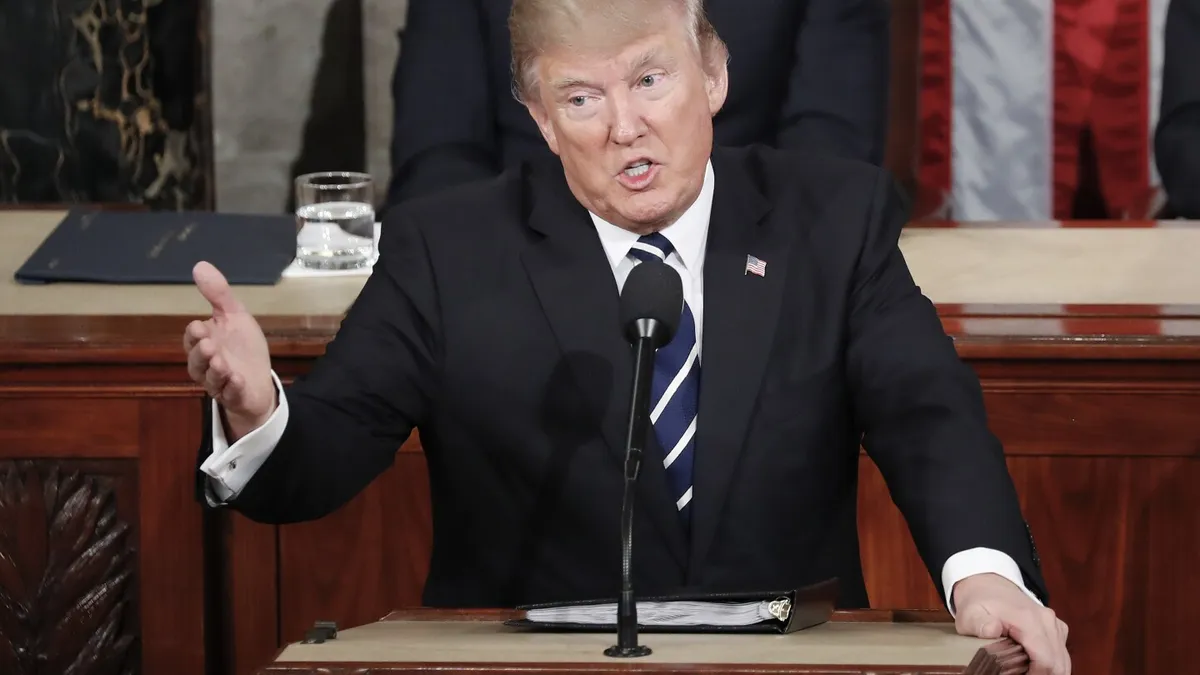
On Tuesday night, President Donald Trump will take center stage in the U.S. House chamber to deliver a significant address during a joint session of Congress. This marks the first such address of his second term in office, and while it resembles the traditional State of the Union address, it is formally recognized as a joint address to Congress. The origins of this tradition can be traced back to the first term of President Ronald Reagan.
The U.S. Constitution mandates that the president provides updates to Congress and recommends policies, although it does not specify an exact timeline for these addresses. Typically, presidents choose to deliver their remarks in January or February, allowing them to reflect on the previous year's events while outlining their policy priorities for the upcoming year. Historically, this message was known as “the President’s Annual Message to Congress.”
In 1934, President Franklin D. Roosevelt rebranded the address as the “Annual Message to Congress on the State of the Union.” This tradition of updating Congress continued, and shortly after taking office in 1981, President Reagan delivered his first joint session address titled “Address Before a Joint Session of the Congress on the Program for Economic Recovery,” according to records from The American Presidency Project at the University of California, Santa Barbara.
Following Reagan, both President George H.W. Bush and President Bill Clinton followed this tradition in their first years, with 1989 and 1993 messages titled “Administration Goals.” In 2001, President George W. Bush referred to his address as his “Budget Message.” These inaugural speeches are considered to carry the same weight as the subsequent State of the Union addresses, highlighting their importance in the legislative agenda.
As with the State of the Union, the opposing party delivers a brief, televised response to the president's remarks. This year, the Democratic response will be given by Senator Elissa Slotkin from Michigan, offering an alternative perspective to President Trump’s policies and priorities. This practice underscores the dynamic nature of American politics, as both parties seek to engage with the public on critical issues.
As the nation prepares for this important event, all eyes will be on the U.S. House chamber, where President Trump will outline his vision for the future and address key issues facing the country.